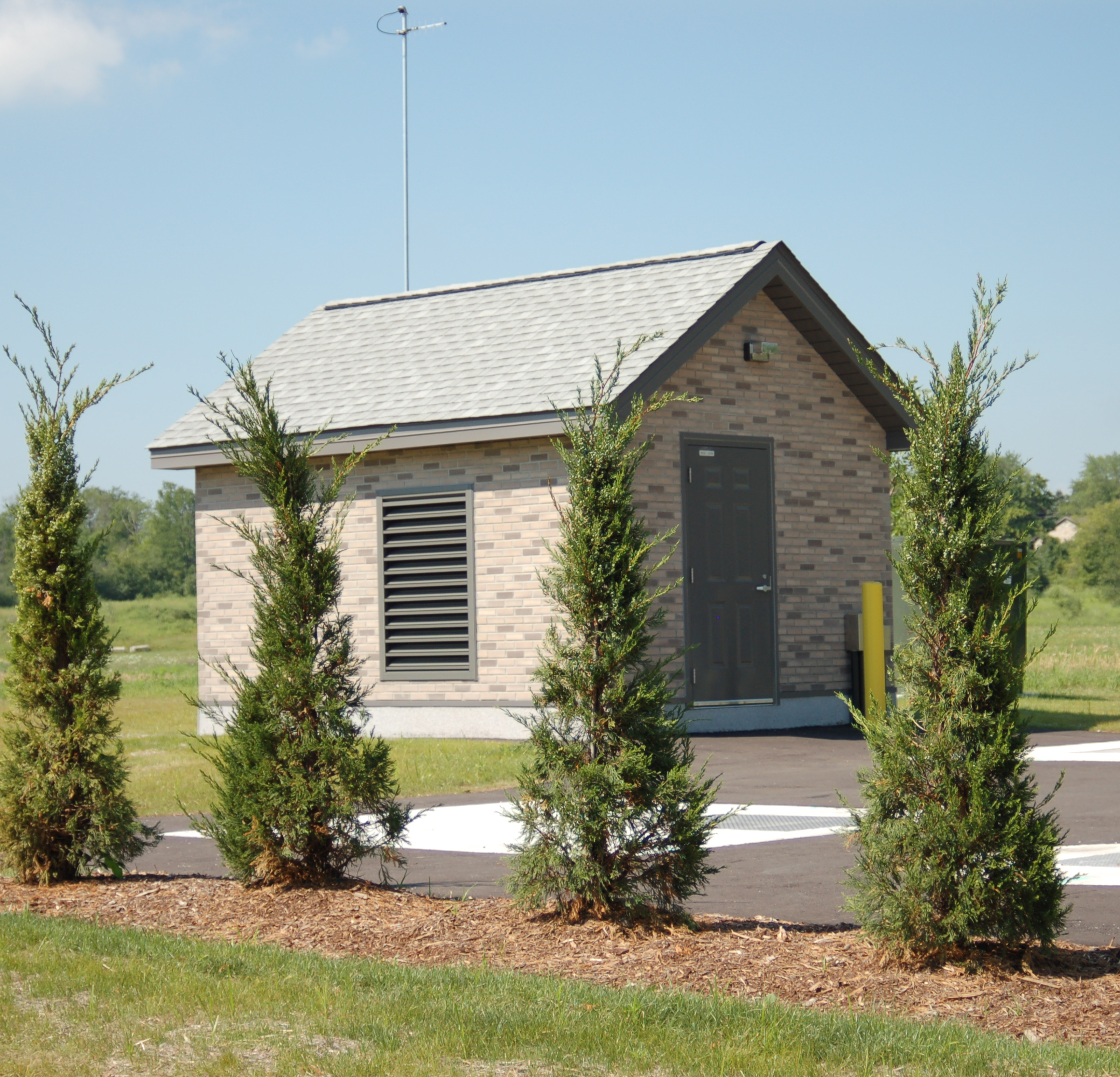When designed correctly, water and wastewater facility infrastructure can last for decades. The planning and modeling of this infrastructure greatly affects daily operation and maintenance, water quality, community development and growth, and the ability for a community to meet changing regulations. Strong water and wastewater infrastructure facility plans are key to setting up the future successes of these community resources.
Water System Planning
The primary objectives of a water system planning study are to determine the current and future water system needs, evaluate the adequacy of existing supply and distribution systems, and identify improvements necessary to reliably maintain an adequate level of water service to both existing and future customers. Water system planning studies serve as a comprehensive plan to guide future expansion of the water systems.
The development of a water system planning study utilizes a systematic approach to introduce and expand basic planning concepts to determine the most cost-effective plan for the water service area.
A Water System Planning study includes:
Identifying existing population, land use, and water consumption.
Reviewing existing water system facilities.
Estimating future community growth and water consumption projections.
Identifying the basis of design for water system improvements.
Evaluating water system supply and storage needs.
Preparing a water system network flow analysis.
Developing and evaluating alternative improvements required to serve the water service area.
Developing a recommended plan of improvements to meet current and future needs.
As a result, the recommended plan serves as a tool to guide the municipality in the siting and sizing of future water system improvements and serves as a basis for developing a capital improvements plan (CIP). However, while the plan may represent the current expected expansion of a water system, a variety of factors including future changes in land use, water demands, or customer characteristics, could substantially alter the implementation of the plan.
For this reason, it is recommended that water system plans be periodically reviewed every 2 to 5 years and updated every 10 to 15 years to reflect the most current projection of area growth and development.
Wastewater Planning
Wastewater facilities planning is a community’s foundation for the design process of a new or rehabilitated treatment process.
Collection System Planning
For the collection system, planning allows municipalities to manage important assets including sewer mains, collector sewers, laterals, and lift stations.
Collection System Studies can be used to:
Determine existing and projected wastewater flow rates.
Determine the best way to serve future areas (e.g. gravity system, lift station/force main, low pressure system).
Consider factors such as water table, soil types, climate, environmentally sensitive areas such as wetlands and special natural resource areas.
Determine the net present value of service alternatives.
Determine if any lift stations can be eliminated saving operation and maintenance.
Provide a road map for how the sewer service area can be extended as a community develops.
Support Capacity Management Operations and Maintenance (CMOM) improvements.
Treatment Facility Planning
For treatment facilities, planning is critical in identifying the best method among numerous treatment types and processes for a community to provide the necessary wastewater treatment over the next 20 to 30 years.
Treatment Facility plans can be used to:
Determine flow and pollutant loading projections.
Analyze various treatment processes taking into biological, chemical, and mechanical treatment components.
Determine the net present value of treatment processes considered. This cost is comprised of capital costs and operation and maintenance costs such as electricity, natural gas, chemical, biosolids disposal, parts replacement, operation labor, and maintenance labor.
Analyze non-economic factors such as constructability, environmental impact of construction and long-term operation, reliability, treatment level, ease of operation, maintenance, and safety.
Analyze cost impacts to typical rate payers.
The critical components of facilities planning include identifying existing and projected average day, peak day, peak month, and peak hour flow rates from the existing population level and projected population growth. These projections must account for commercial and industrial flow rate growth.
Pollutant loads for parameters such as biochemical oxygen demand, total suspended solids, ammonia nitrogen, phosphorus, and other compounds must be calculated for each associated flow rate. In addition, a facility plan should consider how a facility will treat emerging compounds of concern including PFAS and micropollutants.
Evaluate Your Plans
It may be time to review the plans for your community’s water or wastewater facility if growth or regulation challenges are on the horizon. To learn more about water master planning and wastewater facilities plans, please contact Ryan Schultz or Dave Arnott today.
About the Authors
David W. Arnott, P.E.
Team Leader/Senior Project Manager
Dave has extensive experience in the planning, design, and construction project management of wastewater treatment facility renovation and upgrade projects. Areas of expertise include treatment processes, hydraulics, mechanical equipment, and wastewater disinfection. He also has experience in sanitary and water pumping station design and sanitary sewer wet weather facilities.
Ryan M. Schultz, P.E.
Project Engineer
Ryan’s experience is rooted in the planning, design, and construction of water supply and wastewater management facilities. He also has experience with start-up of water and wastewater treatment processes. More recently, Ryan has developed experience in hydraulic modeling and is proficient in WaterGEMS water modeling software. Ryan has 14 years of experience and has been employed by Ruekert & Mielke, Inc. (R/M) since 2016.










